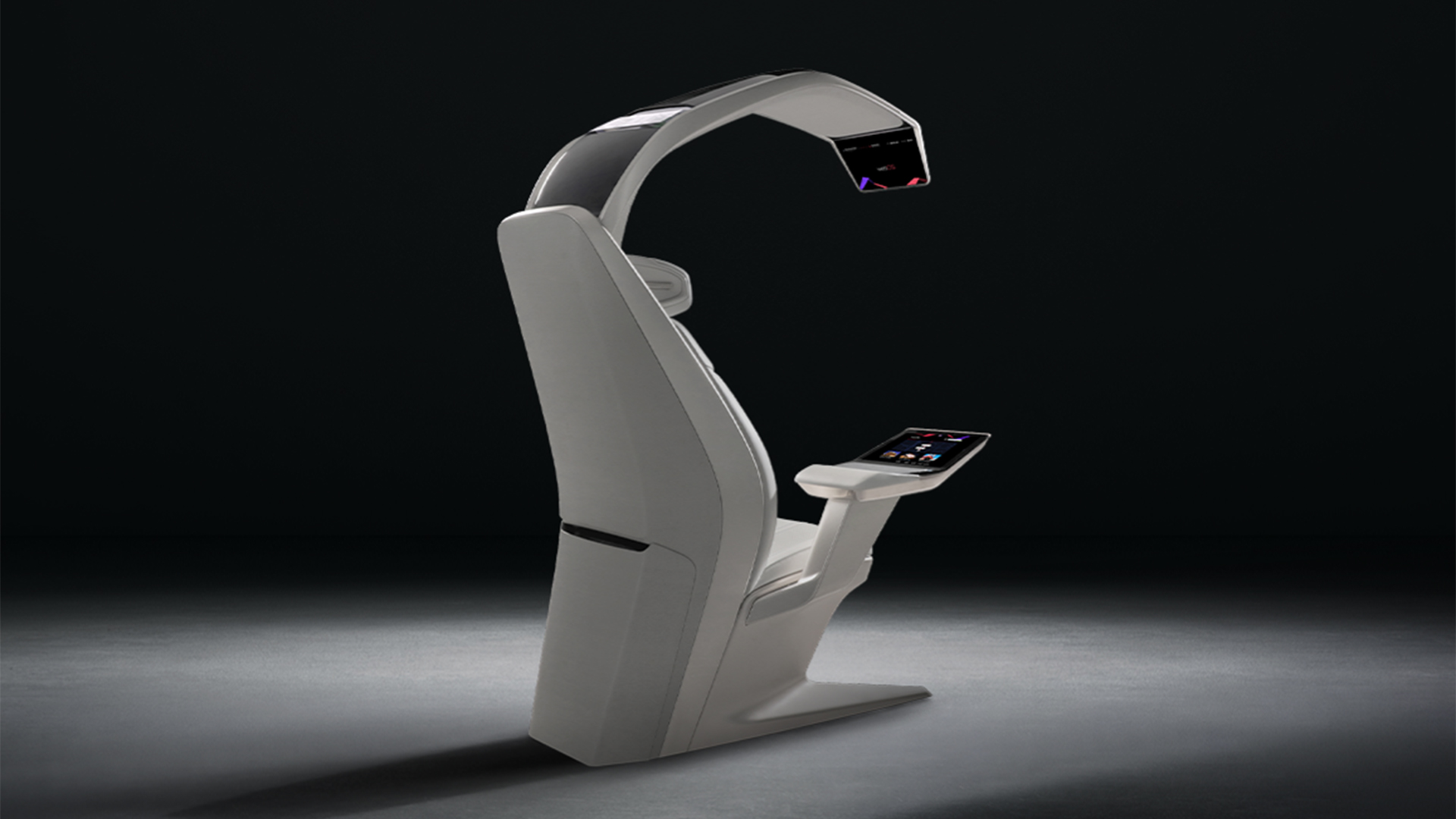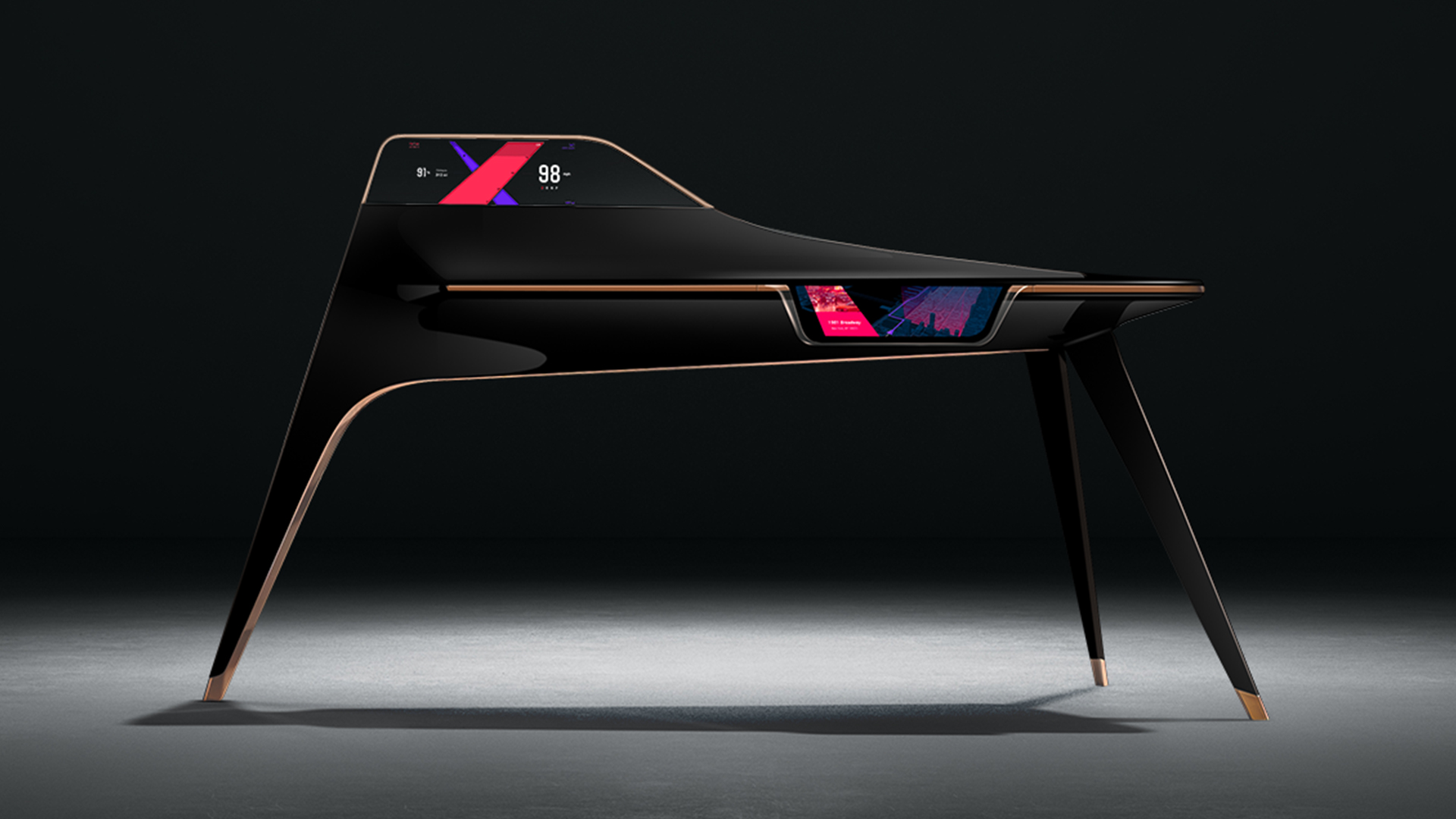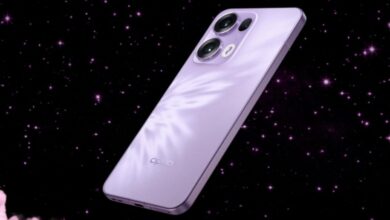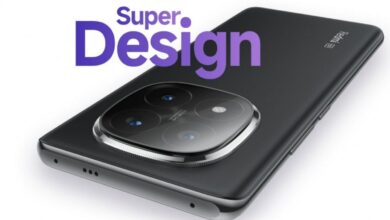LG unveils the future of in-car technology, including a virtual assistant that takes tired drivers to a nearby coffee shop

- LG concepts give us a glimpse into future infotainment systems
- Advanced AI can order coffee if the car detects drowsy drivers
- Even the steering wheel has a screen
Eager to position itself as a leader in next-generation automotive infotainment systems, LG Electronics has unveiled the third edition of its Mobility Labworks Series Digital Cockpit concept.
The concept is designed as a ‘modular’ system that car brands can easily implement in future vehicles and consists of future displays, a look at the next generation human-machine interface and the integration of advanced AI for safer driving and greater convenience.
The LG Vision Display concept is perhaps the most recognizable modern infotainment system in the range, as it consists of a 12.3-inch transparent OLED screen that provides key data such as navigation, current speed and points of interest.
Like many of LG’s other innovations in the latest range, it is designed for a high level of autonomous driving and also features a 14.2-inch ‘roll-in-and-out Plastic OLED’ (P-OLED) display embedded in the center console. . This can be retracted when not in use, to maintain a sleek interior aesthetic.
Expanding on the idea that the next generation of drivers won’t actually need to drive much, LG is also showing a touch-sensitive curved OLED display integrated into the steering wheel.

This takes care of the driving settings and allows the driver to easily manage navigation and climate control while driving the car, but also acts as a multimedia hub for when the car takes over driving duties.
More importantly, LG has built in what it calls its ‘AI-based virtual assistant’ that can detect if a driver is getting tired and will suggest enabling autonomous modes.
Moreover, it can even navigate to a nearby coffee shop to rest, and order and pay for the coffee via the built-in fingerprint recognition sensor on the screen.
Perhaps the most daring of all the concepts is LG’s somewhat long-winded ‘Connectivity & Content Solution for Seamless Entertainment and Smart Mobility’. This effectively transforms the rear passenger seats into an interactive entertainment center, highlighting the company’s webOS platform through a plethora of screens.
It features a large display console attached to an armrest, as well as an entire unit that wraps over the passengers’ heads and places another high-definition screen in front of their eyes.
According to the electronics specialist, this system allows users to navigate through content and control the volume using hand gestures.
LG continues its rise in the automotive sector

It’s no surprise that South Korean electronics giant LG has already teamed up with fellow homegrown talent in the Hyundai Motor Group.
The upcoming EV3 features LG’s Automotive Content Platform (ACP), which is powered by webOS, while the Genesis GV80 debuted an earlier version last year.
The operating system is designed to mimic the user interface of LG’s smart TVs and is constantly updated with new content that can be listened to on the go or streamed while stationary.
In some markets, Hyundai Motor Group offers access to LG Channels, which offers more than 80 live TV channels, real-time news updates and more than 400 VOD content options, including movies, dramas and animated series for children.
The logical next step for LG is to design and produce the physical displays that will run this operating system (as helpfully highlighted by the Mobility Labworks Series), taking some of the technological heavy lifting out of the hands of automakers.




